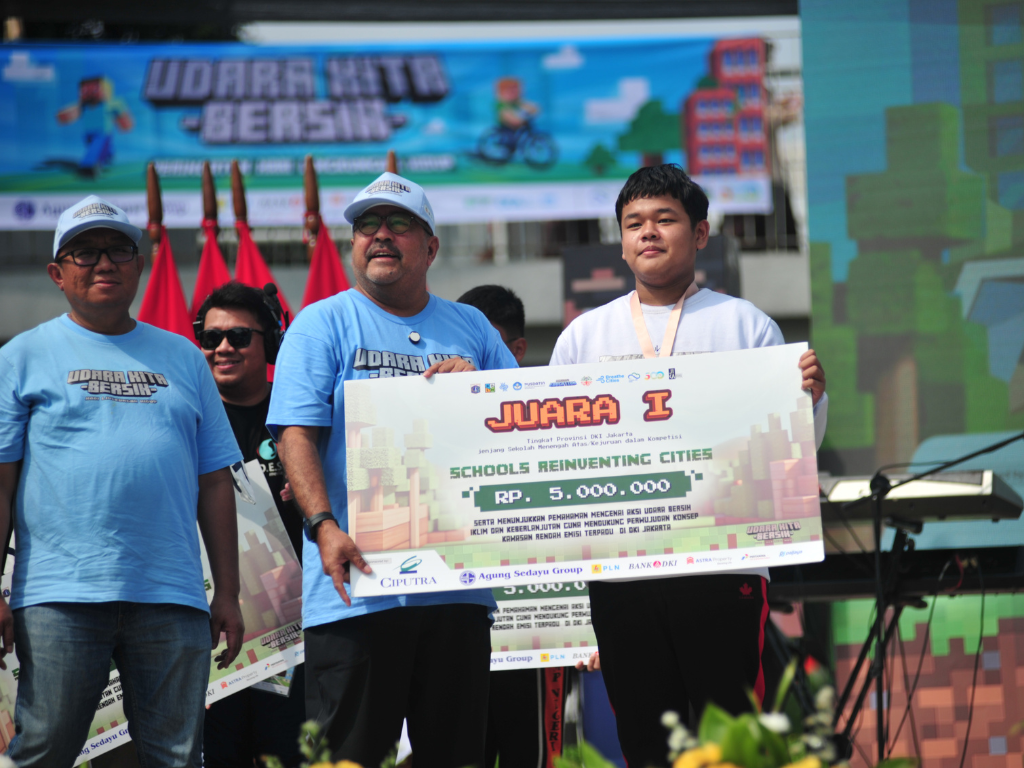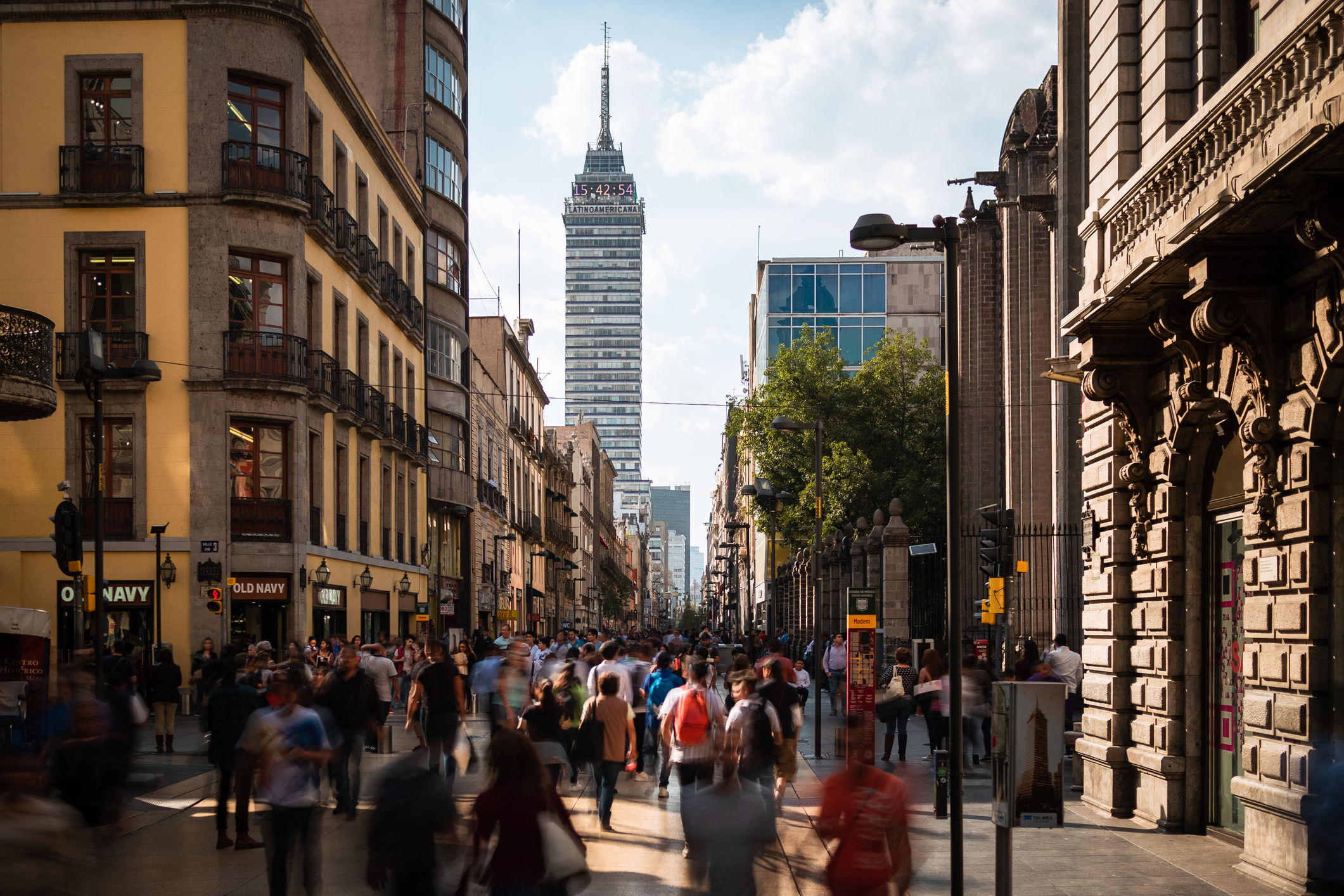Bogotá
Located in central Colombia and overlooked by the Monserrate Mountain, Bogotá is the country’s most populated city, home to around 8 million people. As the country’s economic centre, it generates over a quarter of the national GDP and employs nearly a fifth of the workforce. During New York Climate Week in 2024, the city joined Breathe Cities to take stronger action on air pollution and improve public health. Learn how we’re working together to ensure Bogotá’s residents can breathe cleaner air.




Joining the Breathe Cities initiative is a major step forward for Bogotá in our ongoing efforts to combat air pollution and protect the health of our communities. By leveraging the resources and expertise of this global coalition, we are confident that we can make significant strides in improving air quality and reducing carbon emissions in our city.
Carlos Fernando Galán Pachón
Mayor of Bogotá

Air pollution in Bogotá
In 2023, levels of fine particulate matter (PM2.5) in Bogotá’s air were three times higher than what the World Health Organisation recommends. These levels often exceed Colombia’s national air quality standards, especially in the city’s western and southwestern areas, and tend to rise during the dry seasons from December to March and again in August and September.
Transport is the leading source of pollution, responsible for 31% of PM2.5 emissions. Much of this comes from an outdated vehicle fleet and a largely informal freight sector, with diesel still heavily relied on across the city—around 98% of school buses, for example, run on diesel, and the uptake of cleaner alternatives remains limited. Construction is another major contributor. Over 90% of construction machinery is diesel-powered, and the city’s rapid growth means heavy-duty vehicles and equipment are a regular presence, particularly near large-scale building projects. Wildfires also worsen the problem, with smoke from fires elsewhere in Colombia, Venezuela and Brazil drifting into the city during the dry season and combining with local emissions to trigger environmental alerts.
The impact of air pollution in Bogotá is widespread, but much of it can be prevented. With cleaner air, the city could save more than 2,300 lives each year, protect children from respiratory infections, and reduce harmful exposure in its most polluted areas. It could also avoid billions in health costs, an estimated USD $6 billion in 2022, freeing up resources to invest in a healthier, more sustainable future for everyone.

What we're doing in Bogotá
Breathe Bogotá is working to accelerate the city’s Plan Aire goals and support targeted policies to reduce air pollution, improve public health and address climate change.
One of the key areas of focus is Bogotá’s clean air zone (ZUMA), which is located in one of the most polluted areas of the city and aims to benefit the residents who are most affected by toxic air. Breathe Cities is supporting the city to measure and report the impact of its ZUMA, including the changes in air quality, mobility, public space and the benefits for residents. We are also supporting the design of a plan to incorporate nature and improve the use of local roads in the ZUMA area, to help create greener, safer, healthier spaces.
In Bogotá, we are focusing on often-overlooked sectors that have a significant and growing impact on air pollution, such as motorcycles, school buses, forest fires, and machinery and vehicles used in the construction sector. To tackle this pollution, Breathe Cities is supporting city leaders in their efforts to reduce emissions from transport and construction. The initiative is also helping the city strengthen its approach to wildfire prevention, management and monitoring. We are supporting the development of a new plan to help embed forest fire management into Bogotá’s air quality efforts to improve both wildfire resilience and action to clean the air.
To drive targeted action, improving data on the city’s air pollution is key. We are evaluating the existing air quality monitoring network and expanding it with low cost sensors, integrating pollution and health data into a shared platform, and assessing how different communities are affected. We are also supporting updates to the city’s construction emissions inventory and helping analyse the health impacts of pollution near building sites.
Alongside this, Breathe Bogotá is equipping government and civil society partners with targeted tools and training, while running community engagement activities to raise awareness about the health impacts of pollution from transport, construction and forest fires.
In Bogotá, we work with a range of local partners and community groups in our efforts to clean the city’s air.
Related Posts
-
 Press Release23/09/2024Global
Press Release23/09/2024GlobalThe city of Bogotá joins Breathe Cities initiative to tackle global air pollution
Bogotá has joined the Breathe Cities initiative to enhance air quality for its 7.9 million… -
 Blog07/10/2025Global
Blog07/10/2025GlobalJakarta Students Reimagine a Cleaner City with Minecraft
Through the Schools Reinventing Cities competition, more than 2,000 young people from 324 schools used… -
 Press Release06/09/2024Global
Press Release06/09/2024GlobalJohannesburg launches Breathe Cities initiative
Johannesburg has launched the Breathe Cities initiative during its annual Clean Air Week, aiming to… -
 Press Release16/10/2024Global
Press Release16/10/2024GlobalMexico City joins Breathe Cities initiative to cut air pollution
Mexico City has joined the Breathe Cities initiative to improve air quality, reduce carbon emissions,…



